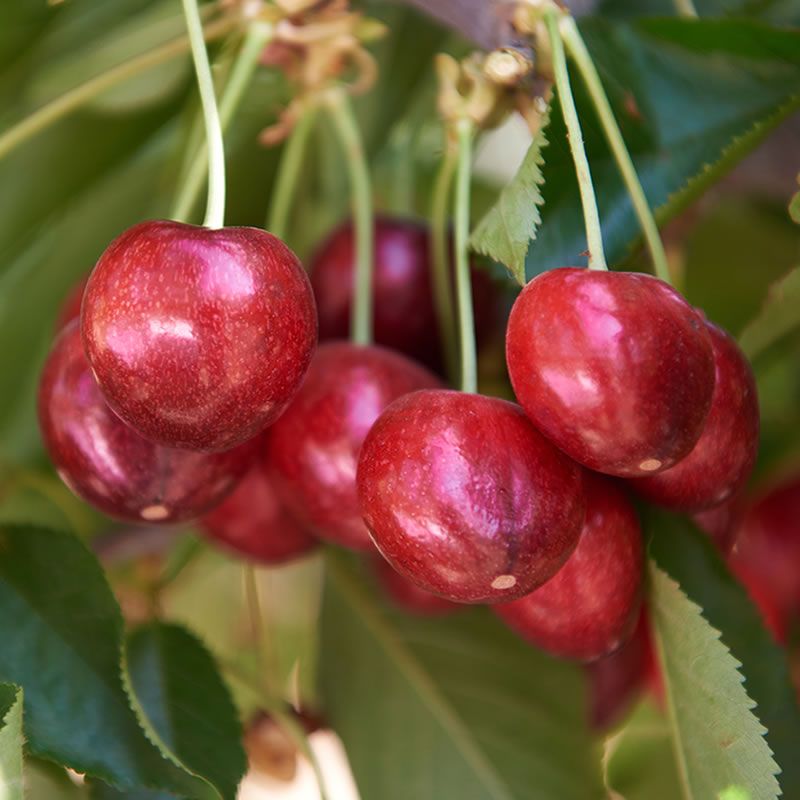Argentina officially finished its 2023-24 cherry export campaign in February, with volumes, quality, prices, and markets showing healthy signs.
Argentine Association of Integrated Cherry Producers (CAPCI) Manager Aníbal Caminiti told FreshFruitPortal.com that the sector shipped 7,192 tons this season. This represents a 51% uptick compared to 2021-22 results when the country exported 4,740 tons.
“The season went very well in general terms for all regions of the country. We have had a record season in terms of national production, with more than 14,000 tons harvested,” Caminiti said.
Caminiti emphasized that the Argentine cherry industry does not depend on China, which is the case for other large producers in the Southern Cone, such as Chile.
“We handle small volumes but have an elasticity that allows us to export 79% of our shipments by air. When the Chinese market no longer receives as many Chilean cherries, those Chilean cherries will go to other markets. Argentina’s profitability will benefit from the resulting price drop,” the executive said.
Read also: The likely role of Egyptian and Argentine garlic in Taiwan’s elections
Cherry production forms part of Argentina’s regional economies, mainly in the provinces of Mendoza, Neuquén, Río Negro, Santa Cruz, and Chubut.
Argentina currently has 4,695 acres destined for cherry production, according to a 2021-22 report by the country’s Secretariat of Agriculture, Livestock and Fisheries.
In 2015, acreage in Mendoza fell by 25%, while in the Northern Patagonia region, it increased by 10%. Productive areas saw uneven growth from 2016 onwards.
“Very little is being planted annually, more or less around 242 to 497 acres, which is basically just orchard renovations or expansion of companies already in the business,” Caminiti indicated. “Argentina’s growth has been stagnant in terms of area for more than 10 years.”
Despite less-than-ideal weather, however, the sector is closing the door on a record season. Almost all production districts had positive numbers, especially Mendoza, which leads the score with more than 7,000 tons produced.
Caminiti emphasized that the good fruit quality obtained this season is being reflected in destination market prices. After a downward trend in past seasons, prices somewhat benefited from the low supply window left by Chilean cherries.
“Production from Mendoza to Santa Cruz was about 7-10 days late, which meant that the early cherries entered the market later. But it was not possible to fully capitalize 100% on the opportunity provided by the lack of Chilean fruit, especially in the Chinese market.”
As for varieties, Caminiti said the main early fruit continues to be similar to the Chilean offer.
“Royal Down, followed by Santina, Lapins, Sweet Heart, and in recent years Regina has been gaining a very strong position,” he said.”Kordia is strong in the southern regions, specifically in Chubut and Santa Cruz, and is increasing its market share.”




